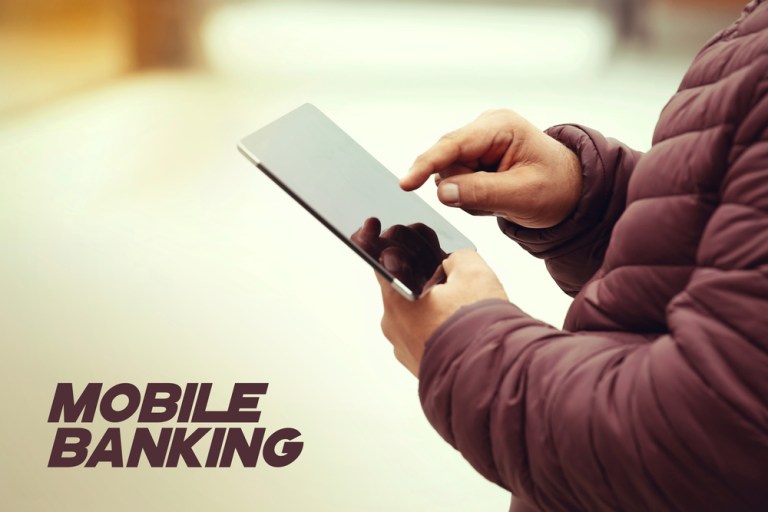
Ah, those Millennials. Changing the face of payments. How can banks lure them to put thumbs to device and send money – the P2P way? Start with integrating it into the most ubiquitous app there is: the keyboard as PayKey CEO Daniel Peled tells PYMNTS’ Karen Webster in the latest Topic TBD.
If millennials are the future of, well, everything in payments, then mobile is the future of everything in payments.
Yes, that is a rather bold statement. And take it with as many grains of salt – or none – as you wish.
But the fact remains that millennials are tethered to their keyboards, of the small-screen size. And much of daily life is conducted through that keyboard, in social settings and beyond.
The question for banks remains: How to become part of the social fabric for these younger users so that banking becomes a social activity? How to create channels to deliver financial information – and a conduit to financial fund flow – that will keep millennials in the fold if they are already among a bank’s customer base, or bring them into the fold in the first place?
And how can they remain relevant?
Those questions pose special urgency in an age when Venmo, PayPal, Square Cash, Zelle, Snapcash and Facebook Messenger are bringing their own blend of P2P and financial services to market.
On Friday of last week, Indian digital payments provider Paytm unveiled a messaging platform that allows users to make “in chat” payments. Through that service, users can ask each other to send and receive money – and can also access all the usual bells and whistles one would expect from social chat platforms, such as sending pictures and videos.
In the latest Topic TBD with PYMNTS’ Karen Webster, PayKey founder and CEO Daniel Peled agreed that the Paytm announcement is illustrative of the competitive and technological trends where messaging (via chats) and mobile wallets are converging amid P2P transactions.
As he told Webster, “payments functionality makes sense when people are having conversations about any number of everyday activities that inevitably involve money,” and can span activities as varied as going to the movies or planning birthday celebrations.
Companies that come to market with solutions that combine communication with payments in a social setting stand to reap benefits. In one example, he noted that after introducing payments to its messaging, WeChat is growing at a faster pace than Alipay. Messaging applications, said Peled, have captured 90 percent of the engagement of consumers when they are on their mobile devices (ride hailing is a prime example—Uber, anyone?).
In mobile banking, he said, friction exists because users typically have to enter their personal credentials over and over again at different sites. And data flow, specifically tied to bank information, is among the reasons that Venmo and other P2P services have gained traction, as users can send money without knowing the recipient’s bank account information.
When it comes to making payments with their accounts at traditional banks, said Peled, millennials want to work with one interface and “be able to pay through any messenger that they choose” without having to log in multiple times. One key interface, said the executive, is the keyboard itself, which he termed “the interface to everything.”
PayKey’s smartphone keyboard lets the user access financial services – from payments to checking account balances – without logging in. The bank itself integrates the PayKey keyboard API with mobile apps. Those apps, of course, are downloaded and used by consumers via mobile devices. The keyboard, as part of the banking app, lets the bank know who is sending the money.
In answer to Webster’s query as to the receiving party, Peled said that the sender/payor can request the recipient’s bank account information, or send it to that person’s mobile phone number. If the recipient’s bank account is connected to that number, the transaction goes through.
Banks have an inherent advantage over some other burgeoning payments platforms in that they control the API, oversee data security and have global reach. They also have the payments rails in place that can deliver speedier payments (in near or real time) than other P2P services.
Consider the fact, as Webster and Peled discussed, that Venmo has a fifth of the user base of Bank of America, but its mobile transactions are faster. This goes to show that even when the security is good, the compliance is good and the distribution is significant, banks need to improve the customer experience when it comes to bridging the gap between bank and app.
“The mobile phone is becoming the bank,” said Peled.